This website uses cookies so that we can provide you with the best user experience possible. Cookie information is stored in your browser and performs functions such as recognising you when you return to our website and helping our team to understand which sections of the website you find most interesting and useful.
Chornomorsk Territorial Community

The Chornomorsk Urban Territorial Community is situated in the territory of the Odesa District in the Odesa Region.
The total area of the Community amounts to 26.5 square kilometres.
Population: 70,235 residents (as of 01 January 2023)
Men: 31,809 residents
Women: 38,426 residents
Children: 14,241 residents
Pensioners: 15,540 residents
Internally displaced persons: 6,764 people
The Community consists of a town, a settlement, and two villages with the town of Chornomorsk being its administrative centre.
History
Until the middle of the 20th century, there had been a small fishing village of Burlacha Balka with numerous farms in the territory of the Community. In 1950, the construction of a large military shipyard, a commercial port and a workers village began on the shores of the Sukhy Estuary, which was named Illichivsk in 1952 in honour of Bolshevik leader Lenin (Illich). However, 1973 is considered the year of its foundation, when Illichivsk was included in the list of towns of regional subordination.
In 2016, the town was renamed Chornomorsk by analogy with the fictional seaside town from “The Golden Calf” by Ilf and Petrov. Now Chornomorsk is actively developing as a resort that attracts tourists with its sandy beaches, numerous parks, fountains and sites.
One of the “features” of the town is the Prymorski Stairs, which descend from the Prymorsky Park to the town beach. The Prymorski Stairs repeat the famous Potemkin Stairs in Odesa with their wide spans. At the top of the stairs, there is a square with snow-white colonnades. They resemble the famous Vorontsov Colonnade in Odesa.



In 1978, a museum was opened in Chornomorsk as an exhibition of fine arts and porcelain. The museum collection includes 3,041 exhibits, each of which is a masterpiece in the field of applied arts. These rare items come from more than 30 factories that operated in many countries. The exhibits include unique works created in the 18th and 19th centuries, as well as modern works of artists.

The Chornomorsk Lighthouse was built and opened in 1965. In 2017, it changed its name from the Illichivsk Lighthouse to the Chornomorsk Lighthouse. This is a modern facility ensuring the safety of ships entering the town Chornomorsk in the Odesa Region.
The lighthouse is 19 meters tall; it has the shape of a round tower and is painted with red and white horizontal stripes. The fire visibility range is 15 nautical miles.


Economy and Welfare
The economic potential of the Chornomorsk Urban Territorial Community is characterized by a powerful transport and industrial complex. The Community has a developed network of market infrastructure, financial institutions, educational, healthcare and cultural institutions.
Chornomorsk is one of the main transport hubs of Ukraine, which connects the country with the leading industrial centres of Europe and Asia. The main transport enterprises of the town are: State Enterprise “Sea Trade Port “Chornomorsk”, Chornomorsk Branch of State Enterprise “Sea Ports Administration of Ukraine”, Chornomorsk Fish Port, Illichivsk Grain Terminal and others. The town also has a railway station for freight trains.
Enterprises of other branches include ship repair, container production, lighting production, and cable production.



The industrial complex of the Chornomorsk Urban Territorial Community plays an important role in the local economy. It impacts both the formation and development of the labour market and the revenues of budgets at all levels because the town is one of the industrially developed towns of the region.

In addition, the Community develops its traditional branches of the food industry (production of fish products, flour, cereals, bakery products and oil products), mechanical engineering (production of electrical equipment, cable products, containers, ship repair), other industries (production of packages and films, etc.).
Among the branches of the processing industry, the most important is the food industry (production of vegetable oil, fish processing, etc.). Companies involved in this business suspended their operations when the full-scale invasion began, but almost all of them have since resumed their activities.
The Community has a high-quality food production enterprise operating under the Vodny Svit trademark.
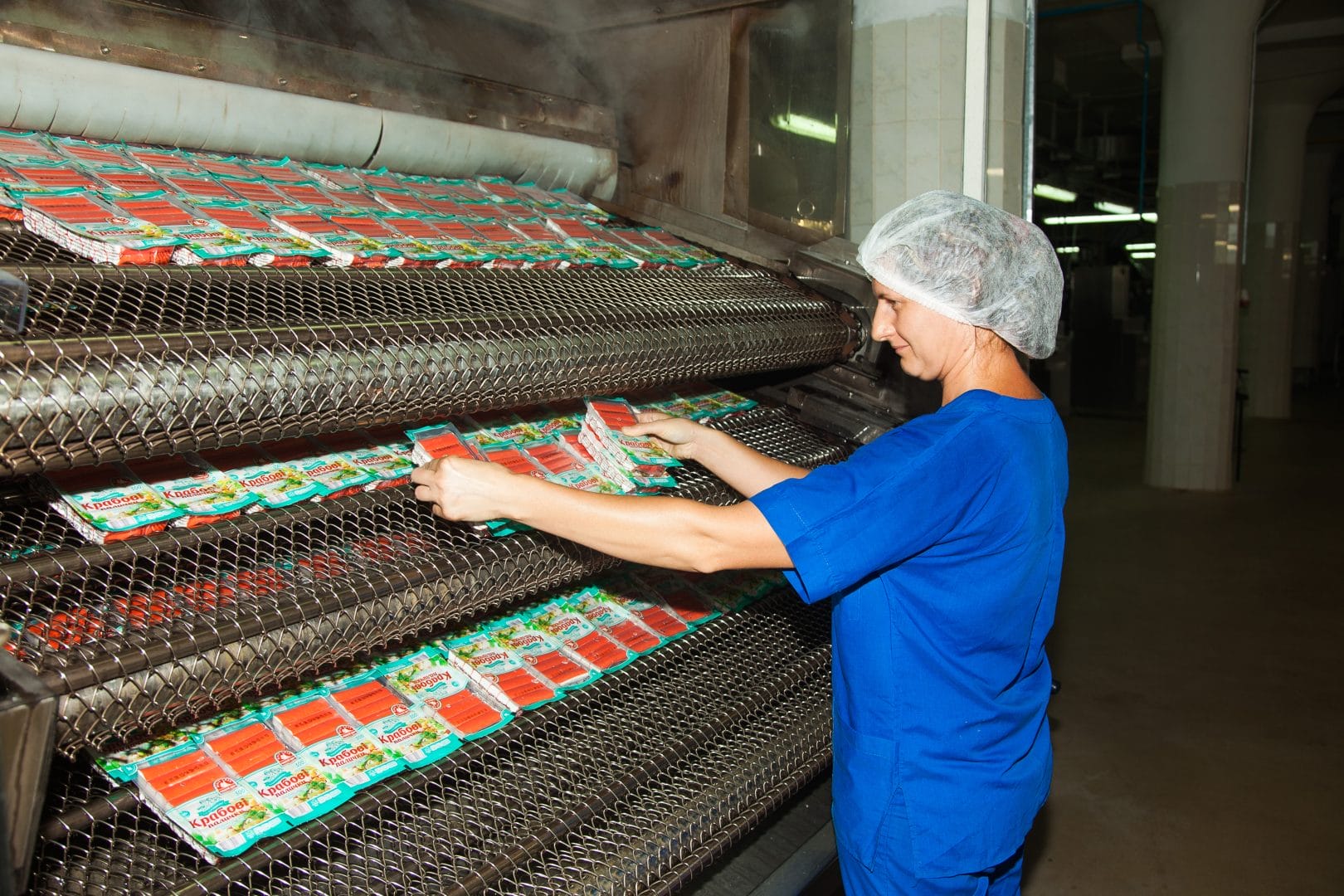
The town of Chornomorsk is a well-known centre of the country’s recreational and tourist economy, which is characterized by comfortable natural and climatic conditions, natural and recreational potential (sea, estuary, beaches). In combination with the cultural aura of the town, this creates good conditions for the priority development of the resort economy and tourism focused on both domestic and international tourist services.
Before the full-scale invasion, the town’s potential as a major tourist centre and business communications centre grew due to the development of appropriate infrastructure: exhibition, office, hotel, cultural and entertainment complexes, and congress centres.
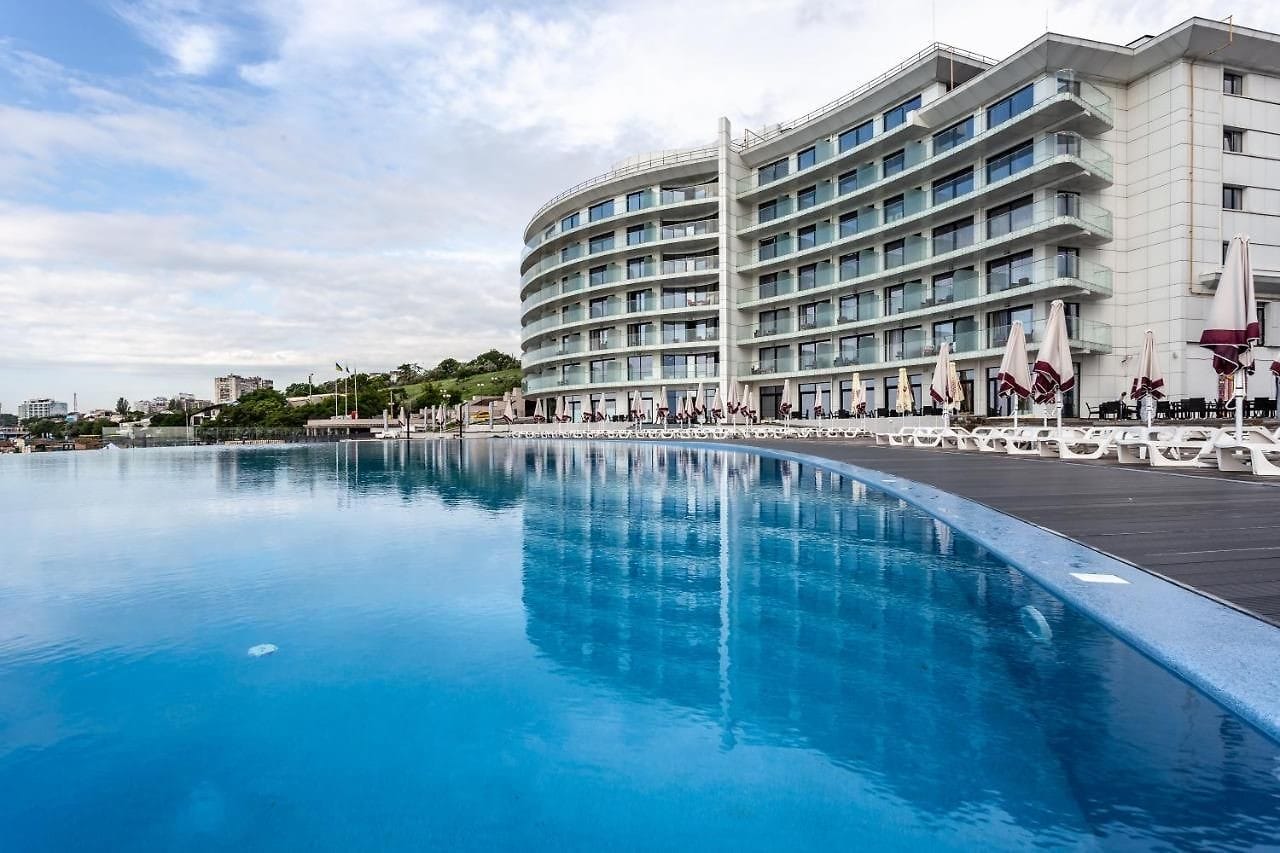
There are eleven institutions of general secondary education in the Chornomorsk Urban Territorial Community attended by more than 8,000 children.

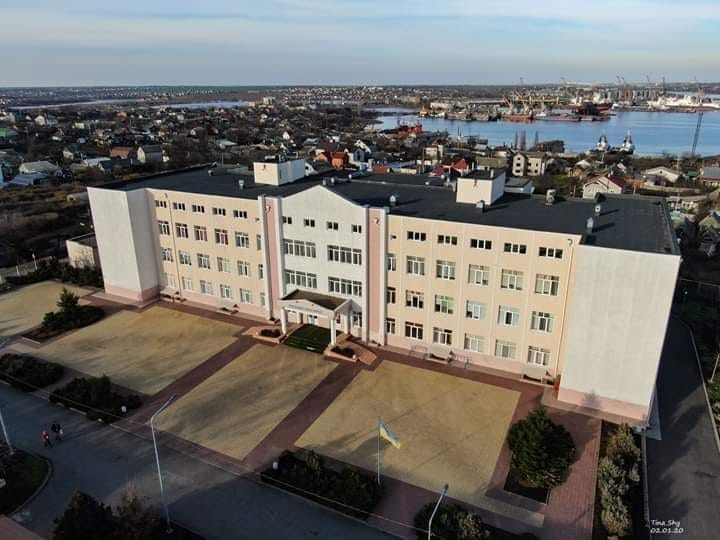

There are also four out-of-school education institutions: Children’s School Stadium, Out-of-School Education Centre, comprehensive children’s and youth sports school and children’s and youth sports chess and checkers school.

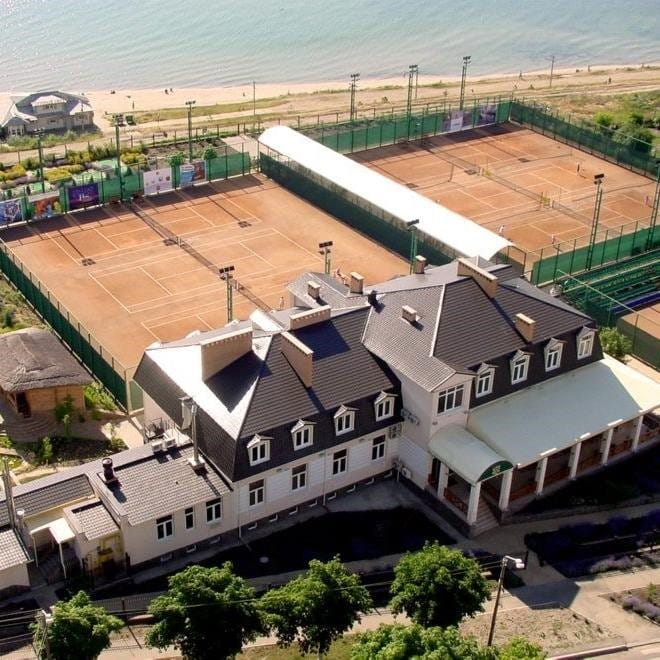
There is a large sports complex in the Community – the YUNIST Sports Palace – a modern sports complex enabling customers to do sports in comfortable conditions. The complex has modern gyms, swimming pools with different depths, as well as a tennis court. In addition, the Sports Complex has a hall for holding fitness classes that meet all modern requirements and standards.


The Community also runs two vocational education institutions – a maritime college and a ship repair lyceum.
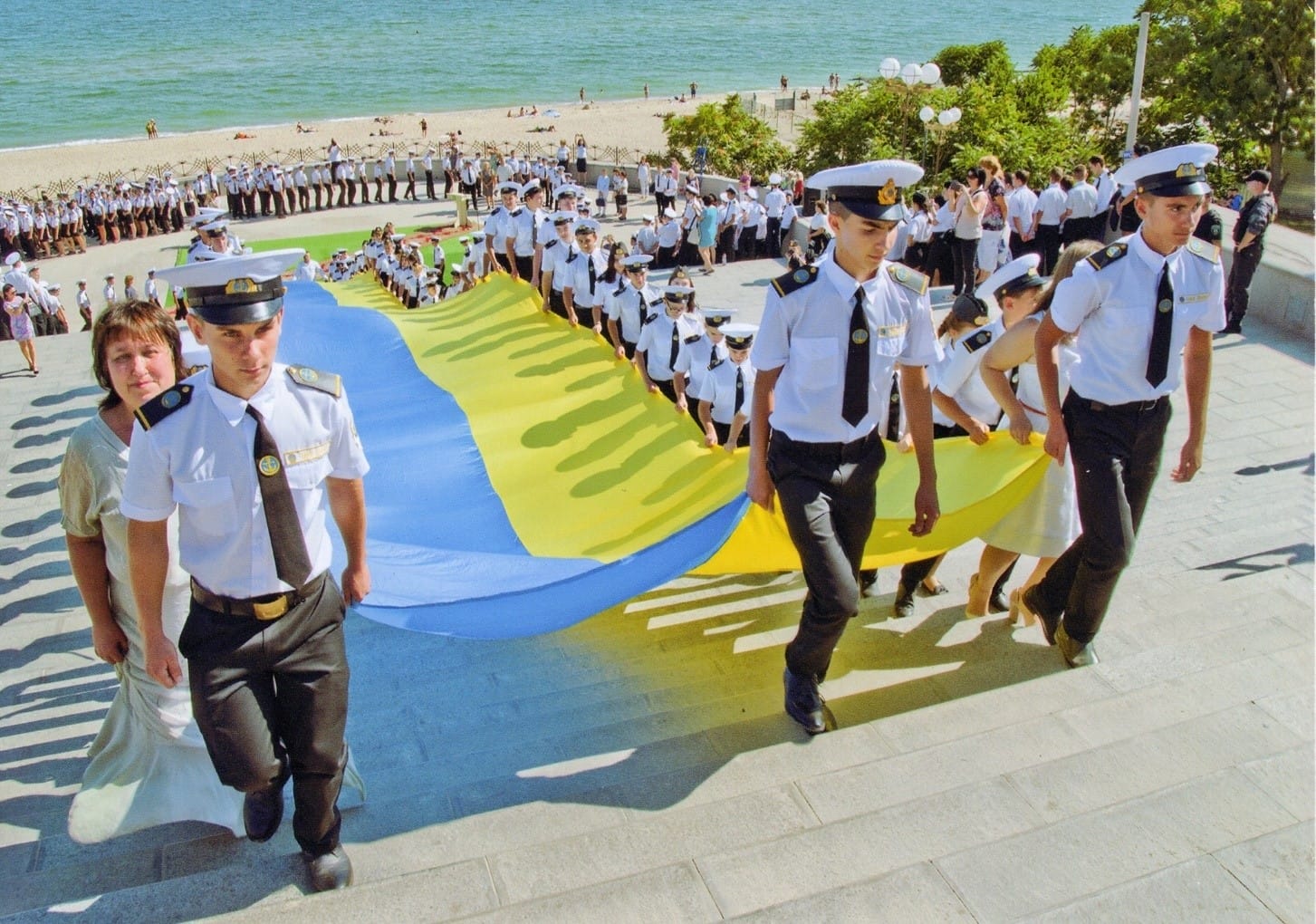
The Community runs the Chornomorsk Hospital (a multidisciplinary hospital; adult and children’s polyclinics; women’s consultation centre; two guild outpatient departments), a Dental Polyclinic and an emergency medical service. Every week, the Community hospital provides services to hundreds of people.

Community and War
On 24 February 2022, the Chornomorsk Urban Territorial Community woke up to the sounds of explosions. The active evacuation of people began; the first weeks were the most difficult, with shelling, lines to shops, gas stations and complete uncertainty.
Many residents of Chornomorsk became real heroes in this war. Volunteers who saved people from the war zone, doctors who worked in conditions of shortage of medicines, ordinary people who shared what they possessed with others.
In the Chornomorsk Urban Community, several humanitarian hubs were created to coordinate aid to the population. The hubs cooperated with the local authorities, volunteer organizations, and international humanitarian missions.
The first volunteer hub started working in Chornomorsk on 26 February 2022, and residents of the town brought household goods, food, binoculars, quadcopters, rigging ropes, knee pads, glasses, walkie-talkies, clean clothes and medicines to it.
Volunteers from the town of Chornomorsk made their significant contribution to the general cause of national resistance against russian aggression in the first days of the war. The famous Chornomorsk Culinary Hundred, which was created at the beginning of the russian-Ukrainian war back in 2014, engaged in useful and important actions. It all started with an idea of launching home production of dry sets of borsch for Ukrainian defenders. They prepared vegetables and bought the necessary ingredients, cooked, dried, and then assembled the borsch sets. During the eight years of the war, several thousand sets were sent to the frontlines. The Culinary Hundred includes not only adult women, but also very young residents of Chornomorsk. Later, in addition to dry borsch, volunteers began to send heavier things to the frontlines: generators, batteries, chainsaws, various tools and other equipment. The girls also launched the production of camouflage nets.

Over the two years since the full-scale invasion by the russian federation into Ukraine, the country’s cities and towns have faced tragedies, displacements and horrors, some of which have been completely destroyed. Chornomorsk is currently a happy exception, but this is not a coincidence or luck, but the price that the military pays every hour.
As a sign of gratitude and support, the volunteers of the town of Chornomorsk tirelessly weave camouflage nets for the Ukrainian defenders. In the first months following the invasion, there were enough volunteers, but every day there are fewer and fewer people available, although the needs of the military, if not increasing, remain as high as before.

Following the beginning of the full-scale invasion, the economic situation in the Chornomorsk Community changed – almost all the enterprises in the town stopped operating. Some eventually resumed their work, others, such as port companies, are still in full or partial downtime. The introduction of martial law led to the cessation of commercial navigation in the waters of the Black and Azov Seas and the closure of the entrance/exit of the port of Chornomorsk. Some grain processing enterprises are not operating, either, but most managed to resume work. The Grain Deal started working in August 2022 and allowed to remove from the domestic market grain export surpluses of the record 2021/2022 marketing year caused due to the blockade and capture of Ukrainian ports by russia.

A young resident, Oleksandra Pascal, lost her leg as a result of a russian missile attack that occurred in 2022 in Zatoka. This could destroy the girl’s dreams of a career in gymnastics, but she did not give up. Instead, she focused on what needed to be done to get back to training.


People of the Community
Vasyl Huliaev is the Community Head.

The mayor’s priorities include a transparent budget, community control of the authorities, investment attraction, and energy efficiency.
To achieve its goals, the Community participates in the DAI Global LLC project of the USAID Project “Improving the work efficiency and accountability of local self-government bodies” (HOVERLA).

The town authorities carry out large-scale works to implement the ideas of European unity, actively promoting European values in all the spheres of the town’s life among different age groups, developing and deepening international relations, communicating closely with other municipalities of the European Union countries: Tczew (Poland), Sinaia (Romania), Maardu (Estonia), Narva (Estonia), Devnia (Bulgaria), Wismar (Germany), Boynton Beach (United States of America)
In total, Chornomorsk maintains twinning relations with thirteen cities in Europe and Asia. They work to establish new friendly ties with the cities of the world.

Under the leadership of its Head, the Community participates in a large number of projects.
As part of the project “Promotion of energy efficiency and implementation of the EU Directive on energy efficiency in Ukraine” by Deutsche Gesellschaft für Internationale Zusammenarbeit (GIZ) GmbH, on behalf of the governments of Germany and Switzerland, the Community received a grant in the amount of 100,000 euros to finance the demo project “Technical conversion of the sewage treatment system of the town of Chornomorsk, Odesa District, Odesa Region”, which implies the technical re-equipment of the sewage treatment system of the town of Chornomorsk by replacing one of the outdated energy-consuming blowers with a modern blower.




Development Strategy
The Community has the Strategy of Economic and Social Development of the Town of Chornomorsk, Odesa Region until 2025.
The priority areas of development are the development of modern industrial industry based on IT technologies and SMART management.

Development of the transport component of the economy

Increasing resource efficiency and greening

Development of tourism and hospitality industry

Development of social services, education, science and culture




Sustainable energy development of the Community
Currently, twenty-three branch programs are being carried out to implement the priority areas of the Strategy.
However, the full-scale invasion nullified all the progressive gains of the Community over the previous years. Currently, the main tasks of the strategic development of the town are the priorities of preserving the pre-war economic potential and sustainable development of social services.
Sources
A list of sources information / photos have been taken from
- facebook.com
- wikipedia.org
- chernomorsk.com.ua
- facebook.com
- 04868.com.ua
- railinsider.com.ua
- UKRAINE
- 5.ua
- ports.ua
- reikartz-miramar-chornomorsk.hotelmix.com.ua
- facebook.com
- chernomorsk.com.ua
- facebook.com
- facebook.com
- facebook.com
- suspilne.media
- chernomorsk.com.ua
- president.gov.ua
- agropolit.com
- cfts.org.ua
